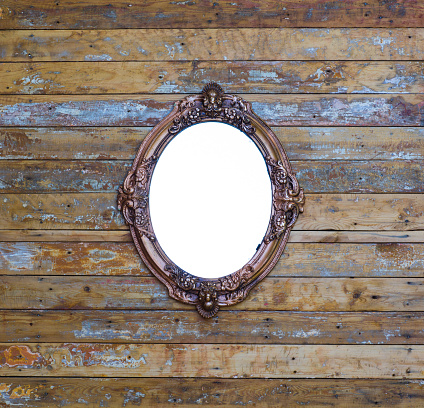FWP:
SETS == WORDPLAY
GATHERINGS: {6,3}
JALVAH: {7,4}
For background see S. R. Faruqi's choices. This verse is NOT one of his choices; I thought it was interesting and have added it myself. For more on Ghalib's unpublished verses, see the discussion in {4,8x}.
On the complex possibilities of zānū , see {32,2}.
The first line names two attributes, with no verb or subject present, so that the line is really a kind of 'list' (on 'list' verses see {4,4}). Under mushairah performance conditions, we're obliged to wait a bit before we're allowed to hear the second line. Then the second line identifies something (the same thing, we guess) as an 'adorner of privacy and the gathering'; and only at the last possible moment, with the refrain-word, can we be sure that the whole verse is talking about the 'mirror'. (Of course, we know that 'mirror' is the refrain, but we don't know whether it will turn out to be the subject.)
The second line thus plays what must be meant as a special trick of wordplay: it describes the mirror as a 'mirror-applier'. The charm presumably lies in the fact that when we first hear or read the line, we think of āʾīnah-band as meaning something like 'adorner' or 'brightener'. (On this concept see {246x,6}.) Only in retrospect can we realize that what is being called a 'mirror-applier' is the mirror itself. Once we know it-- does it work? It's true that the two occurrences of 'mirror' are separated as widely as possible in the line; but I don't care for it, myself. It's perhaps meant to feel incantatory, but to me it feels too facile and flashy.
In this verse Ghalib both begins and ends the second line with āʾīnah ; in the next verse, {128,4x}, he both begins and ends the first line with dil . It does feel as if the young poet is experimenting; he's trying out his tools.


Asi:
The mirror alone is a knee-sharer of deliberation, and the mirror alone is the appearance-place-sharer of the rose. So to speak, the radiance of both privacy and gathering is dependent only on the mirror, and whatever is, is thanks to it alone. The mirror is a knee-sharer of deliberation because people place the mirror on a knee and look into it. And it is an appearance-place of the rose because in it a picture of beauty can be seen. The truth is that for the mirror being an appearance-place of the rose no special proof is found in the verse.
== Asi, p. 204